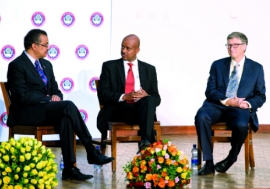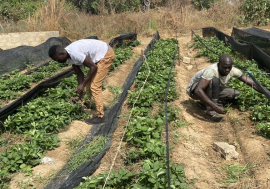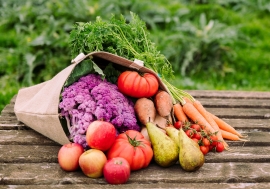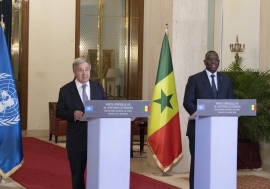Africa’s food policy needs sharper teeth
Africa’s food policy needs sharper teeth
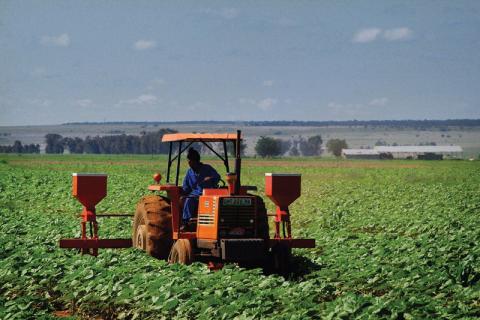 To boost African agriculture, governments need to invest 10 per cent or more of their budgets in the sector.
To boost African agriculture, governments need to invest 10 per cent or more of their budgets in the sector. Amid raving economic forecasts that Africa will be the next big emerging market, chronic food shortages remain stubbornly immune to solutions. The African Union is aware of this weak link and is working to convince its members to boost investments in agriculture.
It's a tall order. But there are signs of progress, thanks in part to an innovative plan by the AU’s development agency, NEPAD, called the Comprehensive Africa Agriculture Development Programme (CAADP).
CAADP’s message is simple but powerful: More investments in agriculture will end hunger and lift millions out of poverty. The programme has several elements, but the best-known requires signatories to spend at least 10 per cent of their budgets on agriculture. To date, 30 countries have signed up.
CAADP’s scorecard so far is mixed. Some countries are still grappling with the teething troubles of translating its plans into action. But those that have faithfully followed the programme are seeing positive changes.
CAADP is a noble idea. Yet it suffers from two major weaknesses: It doesn’t have enough money to back its plan and it has no power to compel members to adopt its recommendations.
Take the European Union’s farm subsidy programme, the Common Agriculture Policy (CAP), for instance, which was created in response to severe food shortages in Europe back in the 1950s. CAP has money — in 2010 it was gobbling up about 40 per cent of the EU’s budget — and the power to impose conditions on members that get subsidies. True, EU subsidies hurt farmers in poor nations, but they have raised the incomes of EU farmers and produced more quality food for consumers.
In contrast, CAADP uses moral suasion to induce members to stick to their commitments. Worse still, it relies heavily on donors for investments in countries that have signed on. Equally troubling is that a big chunk of the national budgets of most CAADP signatories comes from donors, subjecting Africa to aid cuts whenever donor economies slump or priorities shift, or when domestic African political fortunes change, as events in Malawi, Rwanda and elsewhere have clearly shown.
CAADP can be effective, but only to the extent that signatories are committed to doing the necessary heavy lifting. To demonstrate its commitment to food security, the AU should move beyond platitudes and follow the EU’s example — make it mandatory for members to contribute to a common fund for agriculture. Each member’s contribution could be based on its ability to pay, perhaps using GDP per capita as a guide. Such a fund could then be used to reduce CAADP’s dependence on donors.
True, setting aside a tenth of the budget for agriculture is a big deal for poor countries often faced with competing priorities. But success in agriculture reduces the pressure to finance solutions to social problems caused by hunger and poverty. Putting money into agriculture is a smart investment.













